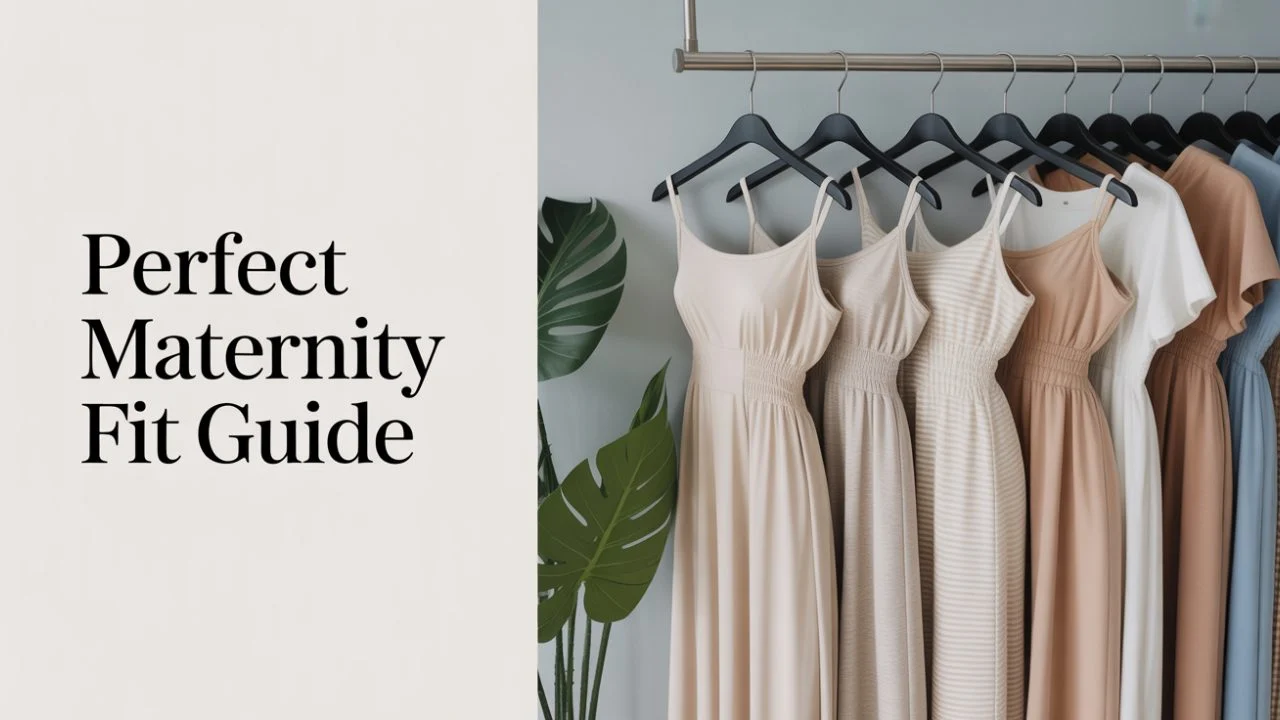When you decide to work on wedding invitations, you must decide how do you address wedding invitations whether it is formal or informal. For formals, it suits traditional, black-tie or high-society weddings. Hence, It is all about respect, tradition, and elegance. However, the informal addressing kind is far-left-oriented when it comes to weddings. It is relaxed, perfect for rustic, beach, or destination weddings, and more friendly and approachable.
Always proofread and review invitation wording to be sure it reflects your own personality style and tone how do you address wedding invitations. This should not be left out in the invitation such as details like date, time, location, dress code, and also the procedure for RSVP.
How to Address Wedding Invitation

Here are the examples of how to address a wedding invitations in different formalities:
Formal: Add this inside the invitation card Mr. and Mrs, The Honorable and Professor, also don’t forget to add their last names.
Example: “Mr. and Mrs. John Smith, request the honor of your presence.”
Informal: First Name and Last Name if you’re close with the couple
Example: “Samantha and Michael request the pleasure of your company.”
Married Couples With Non-Traditional Relationships:
First Names of Partners or if they prefer to be addressed using a non-gender-specific title and the Last Name or if they choose to have one last name.
Example: “Samantha and her wife, Michael, request the pleasure of your company.”
Couples With Children:
Children under 18: Name of Child, First Name of Sibling (if applicable)
Teenagers: If they are of an age to be considered adults.
What Are Some Proper Etiquettes for Addressing Invites
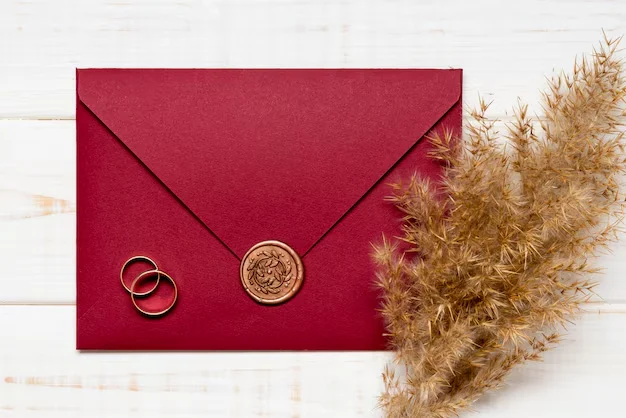
Here are some general guidelines to hold onto, how do you address wedding invitations:
Formal Wedding Invitation:
- Formal titles include Mr., Mrs., Ms., Dr., and Prof.
- Only the title and last name for women with a husband or a PhD.
- Use the title and also the first name for single women.
- Use the title and last name for men.
- Address couples with formal titles, such as Mr. and Mrs. or Dr. and Dr.
Non-Conventional Relationships Guests:
- Use both first names if you don’t need to indicate a particular relationship.
Children’s Names on the Invitation Card:
If children attend with their parents, use “and family” or “and guest.”
Formal Titles in Addressing Guests
- Use the formal title and name for guests whose titles appear before their names-for example, doctor or judge.
- Do not use first names for guests whose titles appear before their names unless you are addressing them intimately.
What is Formal vs. Informal Addressing
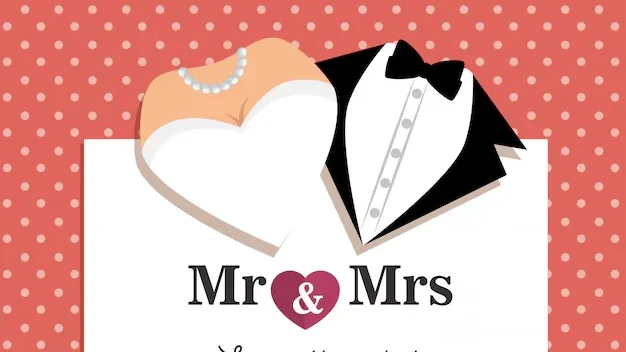
Formal wording: Formal is traditional, black-tie, or high-society with formal titles such as Mr., Mrs., and Dr. uses last names; informal is more casual, destination, or rustic weddings using first names and nicknames.
Example: “Mr. and Mrs. John Smith request the honor of your presence.” or “Dr. Jane Doe and Professor Peter Doe request the pleasure of your company.”
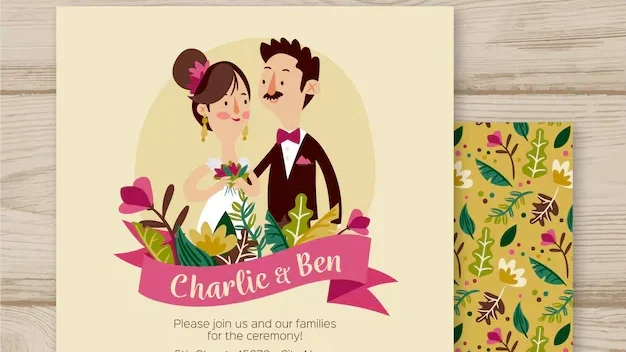
Informal wording: “Samantha and Michael request the pleasure of your company.” or “Hey friends! Join us for our beach wedding.”
However, it depends on what kind of tone you want for your wedding and the style you want. If you go with this super-classy wedding party that’s really elegant, then formal addressing would be an awesome idea.
Informality will be perfect if you go to this fun party where you want people to come and have a good time. You can also consider your relationship with them, and so on, relating to your wedding theme, how it goes out with all your guests, and so on.
What Are The Common Mistakes in Addressing Invites

Some Common mistakes include-
How do you address wedding invitations Formal vs. Casual Addressing:
Formal address is truly for formal weddings, black-tie or high-society affairs. It’s all about respect, tradition, and elegance. Think Mr., Mrs., Ms., Dr., and titles.
Casual addressing is friendlier, rather casual and perfect for rustic, beach, or destination weddings. It’s all about being relaxed and friendly. It’s all about first names and nicknames.
Here’s a twist: sending out addressed invitations can be complex. Even the most experienced planners can make mistakes thus proper research is required.
How do you address wedding invitations common mistakes in Inviting Address:
Mixed Titles: Pick one and stick to it. Use Mr. and Mrs. for married couples, or Dr. or Prof. if the guest is a PhD or has another title.
Missing Titles: Don’t forget the titles! Use Mr., Mrs., Ms, Dr, or Prof to address your guests.
Incorrect Names: The spelling and sequence of names must be correct. It’s quite embarrassing to send out invites with errors.
Not clear: The language must be simple and direct.
Guidelines for How Do You Address Wedding Invitations Wording
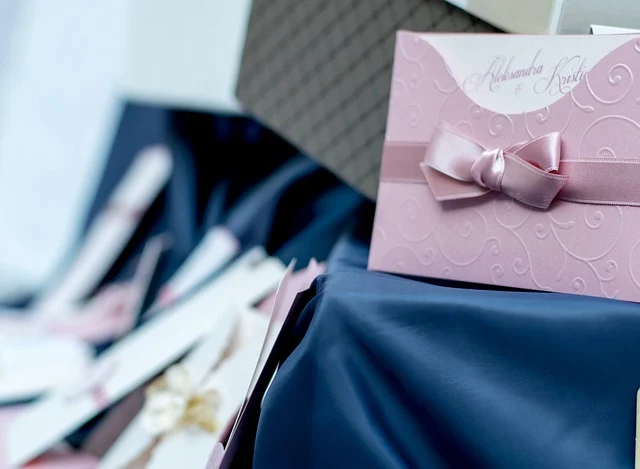
Guidelines for the wording of your wedding invitation:
- Begin with a warm welcome: A warm welcome or beautiful message greeting is a great way to start off your invitation, setting the mood for that special day.
Example: “Dear [Guest], we are glad to invite you to join us on the most unforgettable day of our lives.”
- This will contain all the details: date, time, place, dress code, and RSVP.
Example: “We are gonna celebrate our wedding ceremony and reception at the beautiful Sunset View Estate, 123 Main St, Any town, USA, on June 12th, 2023, at 3 pm.”
- Keep it Simple and Elegant: Avoid jargon or overly romantic language that may be confusing or corny. Instead, use simple and elegant wording that speaks to you.
E.g., “We would be incredibly happy to share this special moment with you and would be honored if you could join us to celebrate our love and commitment to each other.”
- Special Requests: If such specific requests are made, like a dress code or no kids allowed, also make them very clear on the invitation.
Example: “Formal attire only will be observed at the reception. We request the absence of children under the age of 12.”
- Proofread and Review: Last but not least, always proofread and review the wording of your invitation to reflect on your personality and tone.
Example: “We are honored to invite you to our summer wedding celebration! We shall exchange vows under the balmy sun and in the presence of our loved ones.”
Also Read: Simple Items to Enhance Your Wedding Invitations
Conclusion
In conclusion, Personalize your invitation and it will become special and memorable. It will be clear and direct the need for your invitation also ensure that you are communicating to the reader, in direct language, the overall requirements for the event. However, Be respectful and use appropriate titles and proper language when referring to your guests.
Frequently Asked Questions
What is the difference between formal and informal addressing for wedding invitations?
If you’re creating traditional, black-tie, or high-society wedding invitations, you’ll want to use a formal greeting address. However, for a rustic, beach, or destination wedding. While, an informal greeting address is totally what you want, a bit more casual and relaxed.
How do I address a married couple on a formal invitation?
For formal invites, you can use Mr. and Mrs. when addressing a married couple unless they have specifically stated they do not wish that.
Can I put the children’s names on the invitation?
Sure, you can put children’s names on the invitation, especially if they are little kids.
A: For formal invites, you can use Mr. and Mrs. when addressing a married couple unless they have specifically stated they do not wish that.


